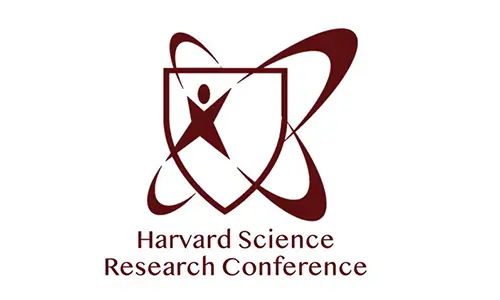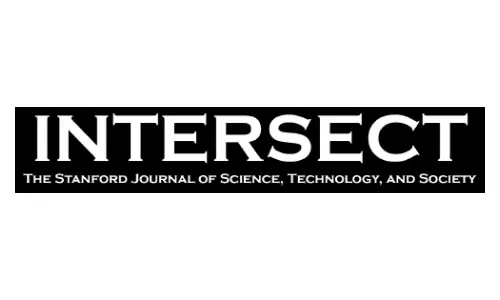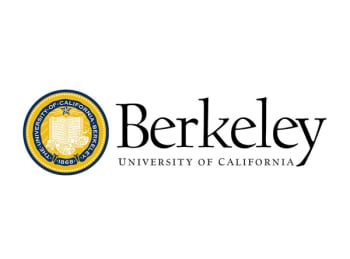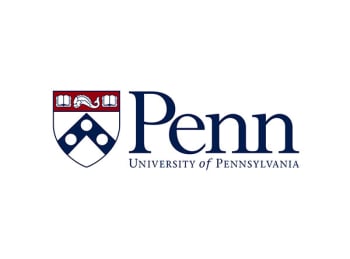Our Impact
Mentor Path empowers students from underrepresented and low income communities to discover their passions, achieve their career goals, attend top universities, and receive scholarships to meet most or all of their financial needs.
Underrepresented and low income students do not have access to the right guidance, programs, or resources that adequately guide and prepare them for higher education. As a result, many ambitions students are rejected or don’t apply to selective programs. In reality, universities want to promote equal access a diverse student body – and it’s often more affordable and higher ROI for these students to attend a selective program versus a local 4-year or 2-year college.
Our comprehensive program has helped thousands of students from diverse circumstances achieve their college and career goals. Our students are accepted to top schools at 4x the national average and have received millions of dollars in scholarships and financial aid.
Our Results
98%
of our students get into a top 100 school
4X
more likely to get accepted on average
70%
of students are ethnic minorities
51%
of our students received financial support (41% received significant financial support) for Empowerly’s programs
67%
of families receiving significant financial support are First Generation US Students
$1.5M
of financial support given to students participating in Empowerly’s programs
The Benefits of College Education for
Under-Represented and Low Income Students
Over one-third of all undergraduates in the US are first-generation students, and nearly 60% of them are the first in their families to pursue higher education. Unfortunately, these students often attend schools lacking the necessary resources to guide them through the challenging terrain of college admissions. Consequently, they must navigate applications, financial aid, and postsecondary coursework independently. This situation leads to a disproportionate number of high-achieving students enrolling in less-selective colleges due to the lack of guidance on admissions and the higher costs associated with attending more prestigious institutions.

Going to these top universities are much more cost effective for low income students, offer a higher ROI, and are often time cheaper than their local 2-year or 4-year college. Students attending top universities like MIT, Caltech, and Stanford benefit from, on average, a high ROI of over $100,000 or more over a 10-year time period, along with a median debt of $15,000 or less and a median 10-year earning amount of $70,000 or more. Moreover, many universities have implemented policies to offer full financial and academic assistance to academically excellent students, irrespective of the barriers they may face. Princeton, Harvard, and Columbia, for instance, provide full financial aid to households below a specific income threshold, while other universities offer full-ride or full-tuition scholarships to National Merit Scholarship Finalists or Semi-Finalists.
Aiming for a top university becomes more affordable compared to attending a public school or community college, ensuring students enjoy a strong Return on Investment while accessing the abundant resources and networking opportunities provided by these prestigious institutions.
The Return on Investment of Diversity for Society
Embracing diversity in educational institutions and the workplace brings forth a myriad of economic advantages. Studies have consistently shown that diverse teams and organizations outperform homogeneous ones. By tapping into a diverse talent pool, we can unlock fresh perspectives, foster innovation, and enhance problem-solving capabilities, leading to increased productivity and profitability.
Unfortunately, the recent repeal of affirmative action policies has had a discernible impact on the diversity of top universities and subsequently the leadership positions and influential roles those universities help shape. A decline in diversity can lead to missed opportunities for individuals from underprivileged backgrounds, exacerbating socio-economic disparities and hindering societal progress. As a case study, the University of California system has spend half a billion dollars of private and taxpayer dollars trying to rectify diversity issues after it repealed affirmative action policies two decades ago, with mixed results.
Addressing the diversity gap at its core, by investing in adequate and scalable K-12 personal development programs, can be a transformative and cost effective strategy. By providing quality education, mentorship, and opportunities for growth to students from underrepresented backgrounds, we equip them with the tools to succeed, realize their potential, and contribute positively to society.
A Few of Our Students’ Acceptances
Success Stories
College Outcomes
Internship Matching Program
Our unique internship matching program provides students with an opportunity to explore careers, develop professional skills, work with globally-minded companies, and complete projects designed to support the company and strengthen the students’ resumes.

Internships Opportunities
Students who participate in the Startup Internship program benefit from real-world experience in industries such as
- Education technology
- Communications and social media
- Education
- Health
- Technology
- Nonprofit
- Telecommunications
- Consumer hardware
with over 45 startups to match with throughout the Fall, Spring, and Summer.
Research Scholar Program
Examples of student publications include















